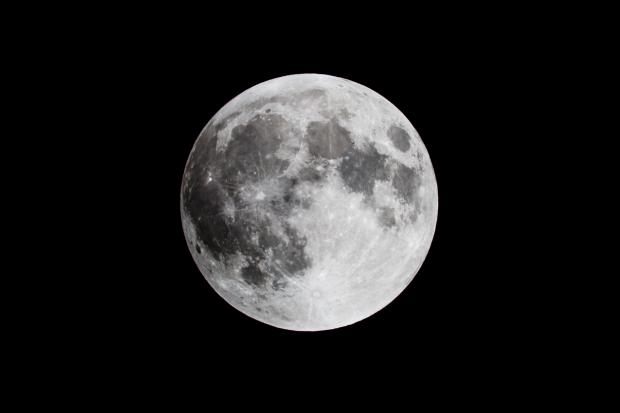
Breaking News
 Alternative Ways to Buy Farmland
Alternative Ways to Buy Farmland
 LED lights are DEVASTATING our bodies, here's why | Redacted w Clayton Morris
LED lights are DEVASTATING our bodies, here's why | Redacted w Clayton Morris
 How My Youtube Channel Makes Money
How My Youtube Channel Makes Money
Top Tech News
 Travel gadget promises to dry and iron your clothes – totally hands-free
Travel gadget promises to dry and iron your clothes – totally hands-free
 Perfect Aircrete, Kitchen Ingredients.
Perfect Aircrete, Kitchen Ingredients.
 Futuristic pixel-raising display lets you feel what's onscreen
Futuristic pixel-raising display lets you feel what's onscreen
 Cutting-Edge Facility Generates Pure Water and Hydrogen Fuel from Seawater for Mere Pennies
Cutting-Edge Facility Generates Pure Water and Hydrogen Fuel from Seawater for Mere Pennies
 This tiny dev board is packed with features for ambitious makers
This tiny dev board is packed with features for ambitious makers
 Scientists Discover Gel to Regrow Tooth Enamel
Scientists Discover Gel to Regrow Tooth Enamel
 Vitamin C and Dandelion Root Killing Cancer Cells -- as Former CDC Director Calls for COVID-19...
Vitamin C and Dandelion Root Killing Cancer Cells -- as Former CDC Director Calls for COVID-19...
 Galactic Brain: US firm plans space-based data centers, power grid to challenge China
Galactic Brain: US firm plans space-based data centers, power grid to challenge China
 A microbial cleanup for glyphosate just earned a patent. Here's why that matters
A microbial cleanup for glyphosate just earned a patent. Here's why that matters
 Japan Breaks Internet Speed Record with 5 Million Times Faster Data Transfer
Japan Breaks Internet Speed Record with 5 Million Times Faster Data Transfer
Gigawatt Scale Moon Base

On earth, a photovoltaic solar plant producing about one 1 GWh per year, will require around 2.8 acres of land. The moon has no atmosphere, so a 300-watt panel on Earth would produce 400 watts on the moon.
A GWh could be produced using 2 acres of land on the moon. An acre is 43,560 square feet (180 feet X 242 feet). In the SpaceX picture, it looks like they have solar panels on 200 acres. This would be about 100 GWh per year.
A rule of thumb on earth is 1kW per 100 square feet. On the moon with higher efficiency panels and better sunlight it could be 2 kW per 100 square feet. 200 acres would be about 170 megawatts. This could be 200 GWh per year. If the moon base solar power was six times bigger then it would be over 1 gigawatt of power. This would be 1200 acres or just under two square miles.
The system could weight 1 kilogram per kilowatt. In 2015, space-based solar power was 6.7 kilograms per kilowatt. The weight efficiency is being improved and simple lunar materials could be used to make some of the structures. This would mean transporting 1000 tons of material for a gigawatt of solar power on the moon. This would be ten refueled Starship landings for the main solar power systems and another five for construction machinery and other systems. There could another five Starship landings to provide batteries.

 No Excuses: Throw A Party!
No Excuses: Throw A Party!


